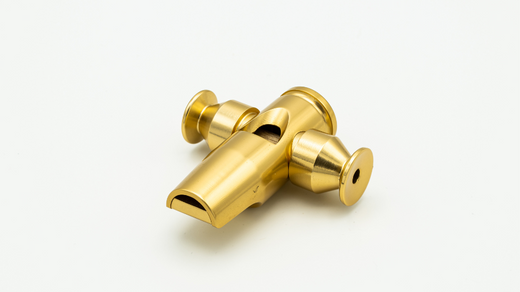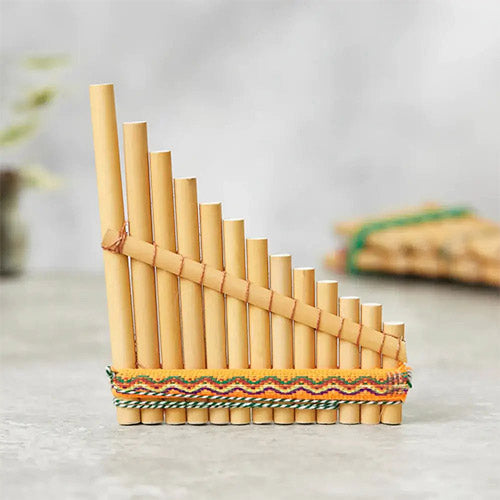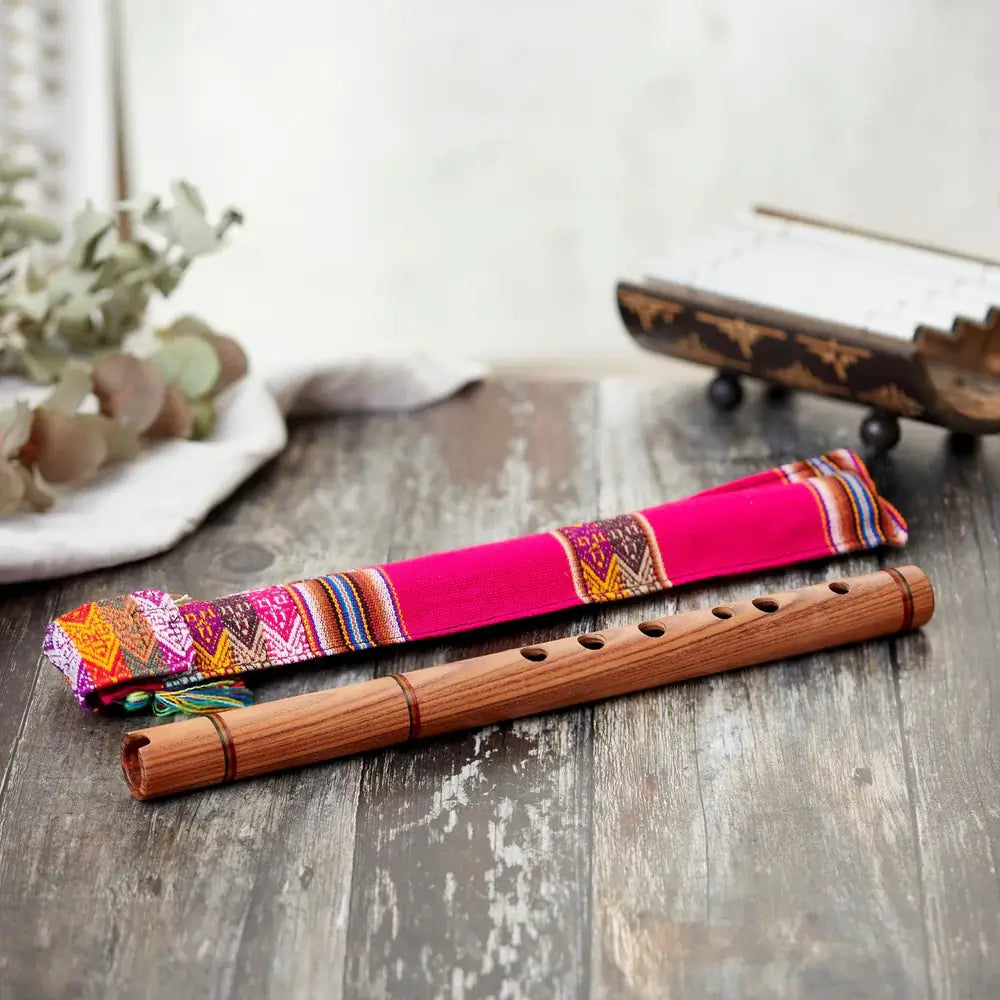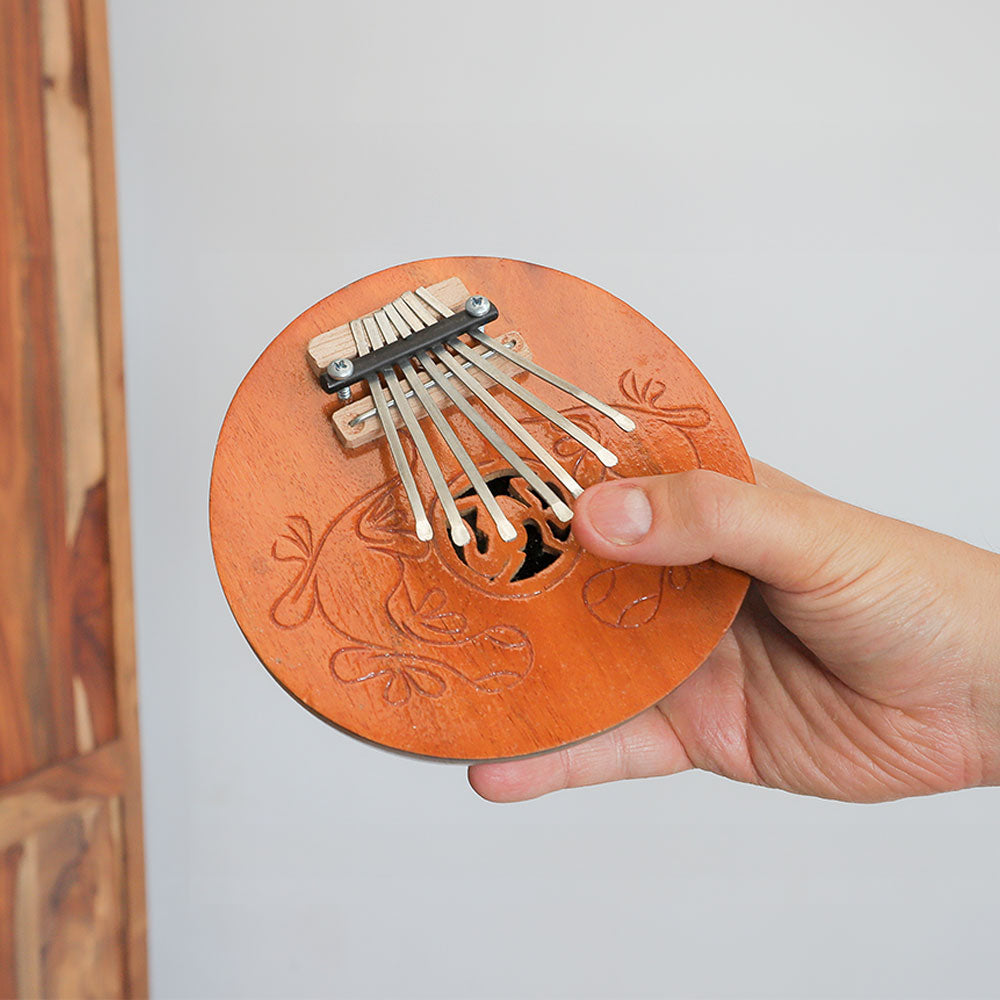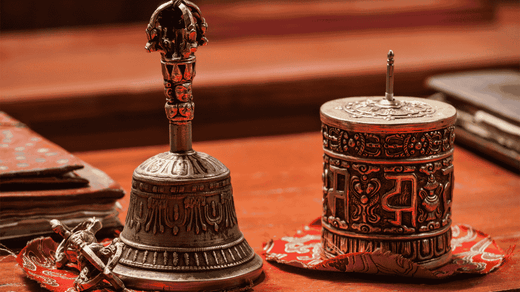This instrument plays a key role in Brazilian music. The samba whistle has been played since the 19th century and originated in Rio de Janeiro in samba circles. The instrument is also known as 'capital,' and it provides a melodic depth to the music. You will often see the samba whistle during carnival celebrations, and it still features in samba music.
How to choose a Samba whistle?

When selecting a samba whistle, consider material, size, tonal range, and playability. Metal whistles (made of brass, aluminium, or stainless steel) produce bright, sharp tones, while wooden whistles offer a warmer sound. Plastic whistles are durable and affordable.
Smaller whistles produce higher pitches, while larger ones produce lower tones; therefore, choose based on your preferred range and musical context. Playability is also key—look for a comfortable and natural whistle in your hands. Select the one that best suits your style and musical needs.
Different tones and techniques of playing the Samba whistle
Mastering the samba whistle opens up a world of expressive possibilities through tone, technique, and control. By adjusting your airflow and embouchure (lip position), you can produce a wide range of pitches and textures—experimenting with overblowing or underblowing expands your tonal palette even further.
Articulation techniques like tonguing, slurring, and staccato, along with decorative ornaments such as trills and grace notes, add flair and precision to your playing. Breath control is equally vital, helping you maintain a steady tone while exploring dynamic shifts from soft whispers to bold, powerful bursts.
Primary Samba whistle rhythms and patterns

It is always best to start with the basics, and the easiest way to learn samba whistle rhythms and patterns is to learn with an easy samba groove, or "batucada." If you listen to the beat, this will help you to perfect your skills. Try a variety of sounds and styles, as this will help you to understand the capabilities of the samba whistle. If you develop short phrases to initiate exchanges and listen to the response, this will help you to understand how the sound blends. When you have grasped the basics, you can move on to adding melodic embellishments to create great-sounding melodies.
Advanced Samba whistle techniques and variations
As your confidence with the samba whistle grows, you'll uncover a wide range of advanced techniques that reveal just how expressive and versatile this instrument can be. Techniques like multiphonics and overtone singing allow you to produce multiple pitches at once, adding layered textures to your sound. Circular breathing lets you sustain notes endlessly, perfect for flowing melodies or ambient effects.
You can also experiment with extended techniques like whistle-singing to introduce new tonal dimensions. For a modern twist, try incorporating electronic effects such as delay, distortion, looping, or sampling—these can transform your whistle into a powerful, genre-crossing instrument.
Using the Samba whistle in Samba performance

You will need to understand samba music and how the group works together. The samba whistle adds an extra element to the music, and it's important that you understand how this can help to elevate the music. If you are playing in a parade, you can play the whistle at a loud volume, although if in a smaller environment, you will need to play it lower.
Effective communication with fellow musicians is essential, and nonverbal cues coordinate transitions. Stage presence also plays a key role, so engage the audience through energetic movements and expressions and incorporate dance steps to enhance the performance visually.
Tips for mastering the Samba whistle
Establish a regular practice routine with warm-ups and technical exercises. Listen to recordings of skilled samba whistle players to learn techniques and phrasing. Seek guidance from experienced mentors through lessons or workshops for personalised feedback. Perform with samba groups to refine your skills and adapt to group dynamics. Immerse yourself in samba culture by attending festivals and events to deepen your connection to the instrument's traditions.
Resources and recommended Samba Whistle brands
To get the most out of your samba whistle journey, it’s worth investing in high-quality resources and instruments from the start. Books like "The Art of the Brazilian Whistle" by Marcos Suzano and "Samba Whistle Technique" by Mestre Nene offer valuable insights, while online tutorials and masterclasses from professional instructors can guide your technique.
Trusted whistle brands such as Gope, Sambaline, Toneka (all from Brazil), and Acme (USA) are well-regarded for their sound and craftsmanship. Engaging with samba-focused forums or social media groups lets you connect with fellow enthusiasts, share experiences, and get advice. Don’t overlook your local music stores either—many offer workshops or can help you find one nearby. These resources will support your progress, enhance your skills, and make the learning experience far more rewarding.
Is the samba whistle difficult to learn?
Some people find it hard to learn, as it can be difficult. Although if you spend time practising and doing this regularly, this will help you to learn the basic skills needed, and from there you can build on your knowledge. If you start with easy rhythms, you will be able to progress from there, and an experienced instructor may also be able to help you speed up the process.
Can I play the samba whistle as a solo instrument?
While the samba whistle is often associated with group playing, it can also be played solo. Many skilled players have showcased their versatility and expressive potential through solo performances and recordings.
What is the best way to maintain and care for my samba whistle?
You will need to do regular maintenance on your whistle to make sure it stays at its optimal playing level. One of the best ways to do this is after playing the instrument, use a clean, soft cloth and wipe it over. Alongside this, you will need to make sure you store it in the right environment and keep it away from too much moisture. Using a case to store the whistle is the best option as it will keep it protected.
Can I use the samba whistle in other genres of music?
You certainly can! The samba whistle is a versatile instrument that can be used in a number of genres and within different styles of Brazilian music. The samba whistle has a unique sound which will add depth to any type of music. It works well with jazz and other world music.
Health considerations when playing the samba whistle
Just like all wind instruments, the samba whistle requires a lot of breath. So, breathing control is extremely important. The player should ensure they warm up before playing it to get their lungs used to the breathing and to make it a comfortable playing experience for the person. If you do encounter any discomfort, you should take a break and speak to a professional instructor who may be able to teach you other breathing techniques to help you.

